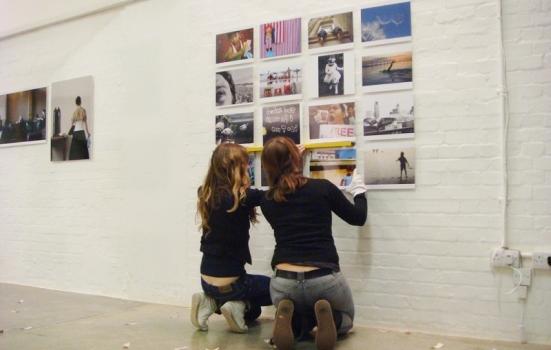A Government consultation on how tax relief can best be used to encourage more exhibitions and touring activity is now underway.

A new tax relief is set to give financial help to museums and galleries wanting to develop new exhibitions and display their collections to wider audiences.
First announced in the 2016 Budget, the new relief will apply to the creative and set-up costs of temporary or touring exhibitions, but not to day-to-day running costs. It aims to encourage “more and higher quality exhibitions” and to help museums and galleries to tour their “best exhibitions” across the country and beyond.
The Government has launched a consultation inviting views on how the tax relief should be implemented. It is looking to “understand more about how touring an exhibition works in practice,” with a view to developing a framework that “works well for the sector”.
Qualifying expenditure
Under the Government’s proposals, the tax relief would allow eligible organisations to deduct an additional percentage of their qualifying expenditure when calculating profits or losses for tax purposes.
This qualifying expenditure would include:
- curator and research costs;
- administration linked directly to an exhibition, but not general museum costs or exhibition running costs;
- exhibition specific venue costs, including set-up and equipment hire;
- exhibition installation and exhibit loan costs, but not acquisition or storage costs; and
- digital spending, insurance and transportation costs, but not legal and accounting fees.
Eligibility criteria
Only ‘museums’ and ‘galleries’ as defined in the consultation paper would be eligible for the relief. This includes charitable companies, trading subsidiaries and companies under the control of a local authorities, but not commercial businesses. Although many of these organisations do not pay corporation tax, the institutions would still be able to claim the relief.
The consultation aims to find out whether the proposed definitions would allow appropriate institutions to claim the relief. It also asks for opinions about what constitutes a ‘temporary’ exhibition; how soon in advance it is normally decided that an exhibition will be toured; how costs are split between the touring institution and the institution hosting the tour; and what type of costs are integral to the exhibition process itself, and should therefore be eligible for relief.
The consultation will run until 28 October. Further details, including the rates of relief, will be announced after the consultation has ended. The tax relief is due to be introduced from April 2017.




